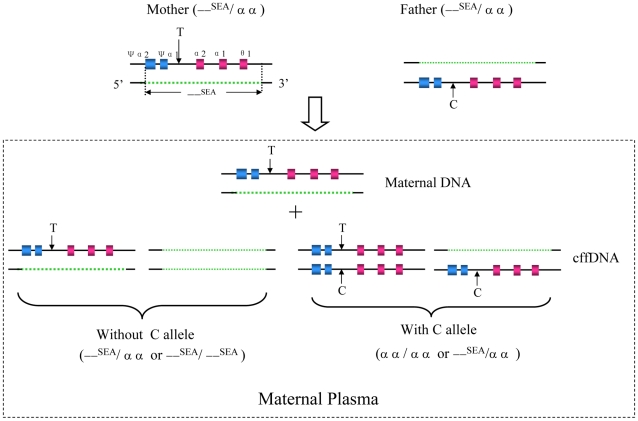Figure 1. Strategy for the non-invasive prenatal exclusion of homozygous (−−SEA) deletion in maternal plasma.
Schematic drawing showing the basic principle of our strategy for the non-invasive prenatal exclusion of homozygous (−−SEA) deletion based on SNP typing linked to the paternal-normal α-globin allele. The normal α-globin gene cluster and corresponding deleted region of (−−SEA) allele are denoted by the colored box with black line and the orange dotted line, respectively. The at-risk heterozygous couples sharing the same (−−SEA) deletion are shown on the top and the possible consequences of NIPD for the fetus are demonstrated by the bottom panel of this figure. The arrows indicate an informative SNP identified within the deletion breakpoints that can be used to differentiate between the mother's (with T allele, downward arrows) and the father's (with C allele, upward arrows) normal allele. If C allele is not detected in the cffDNA fraction of maternal plasma, the fetus may either be heterozygous, those who inherit a normal maternal T allele and a deleted paternal allele, or homozygous for the (−−SEA) allele, those who inherit deleted alleles from both parents. In contrast, the presence of C allele in cffDNA denotes that the fetus inherits the normal paternal allele, and therefore, we can exclude the possibility of Hb Bart's syndrome for the fetus.

